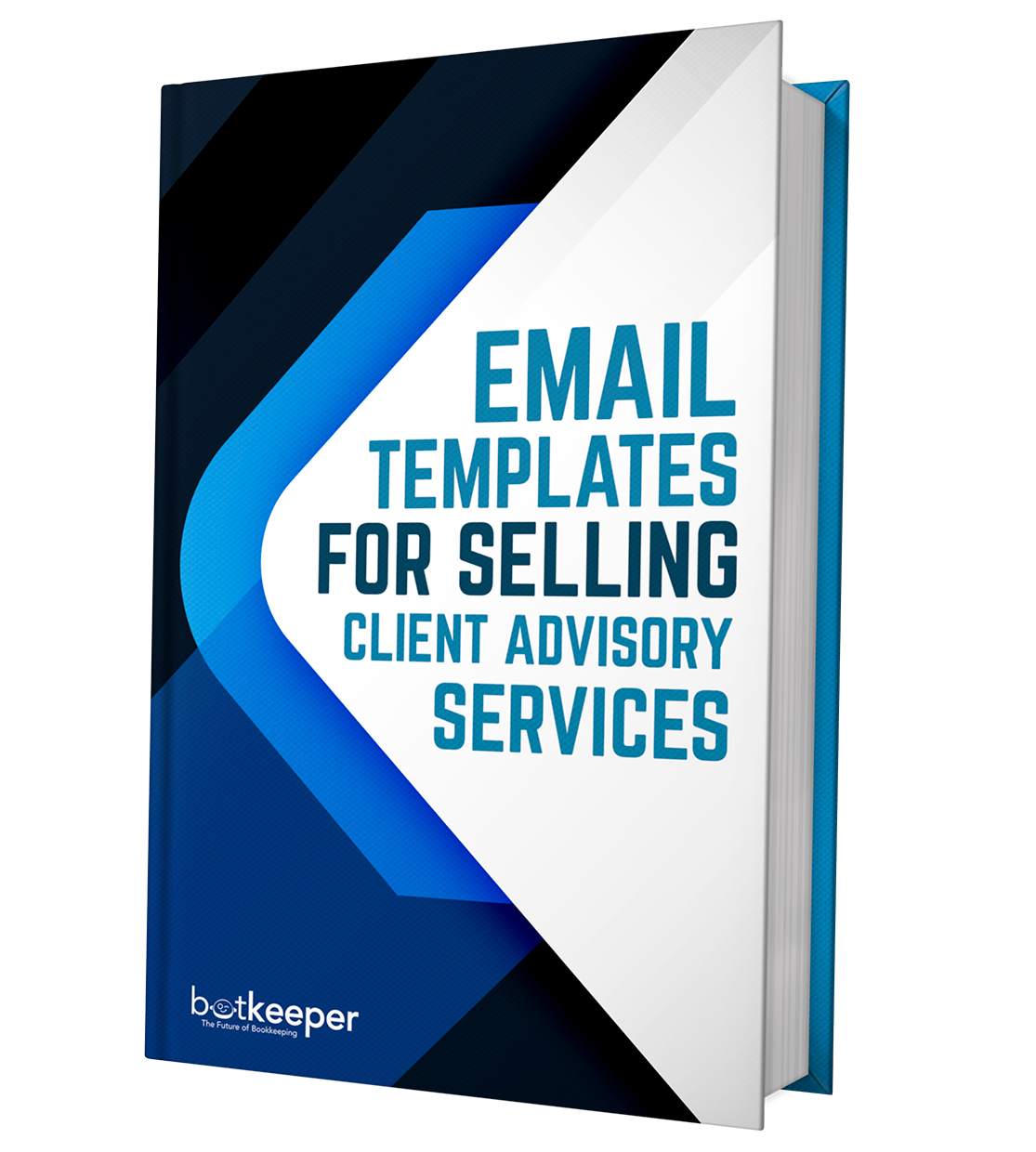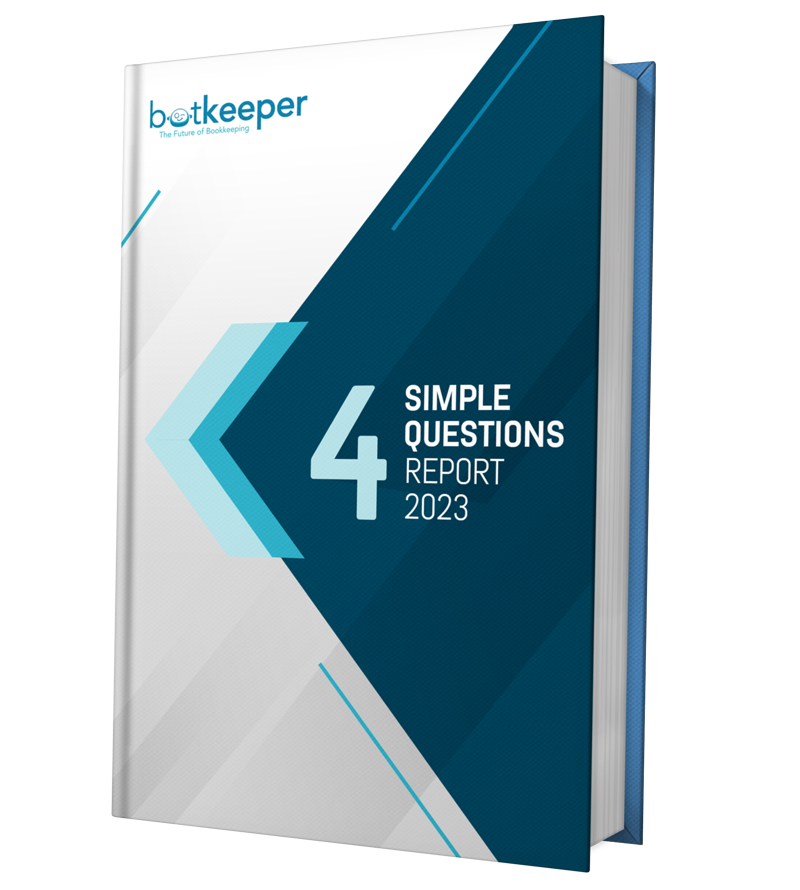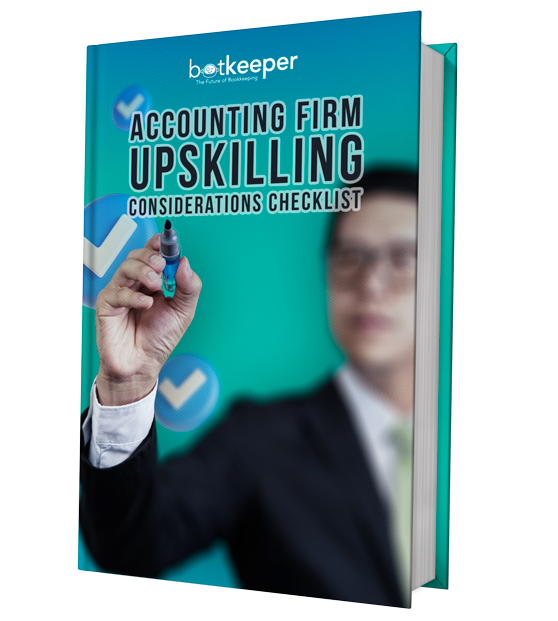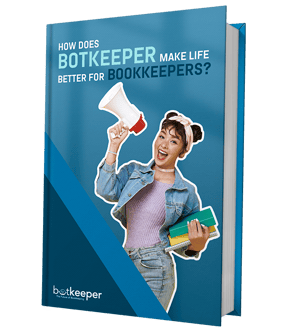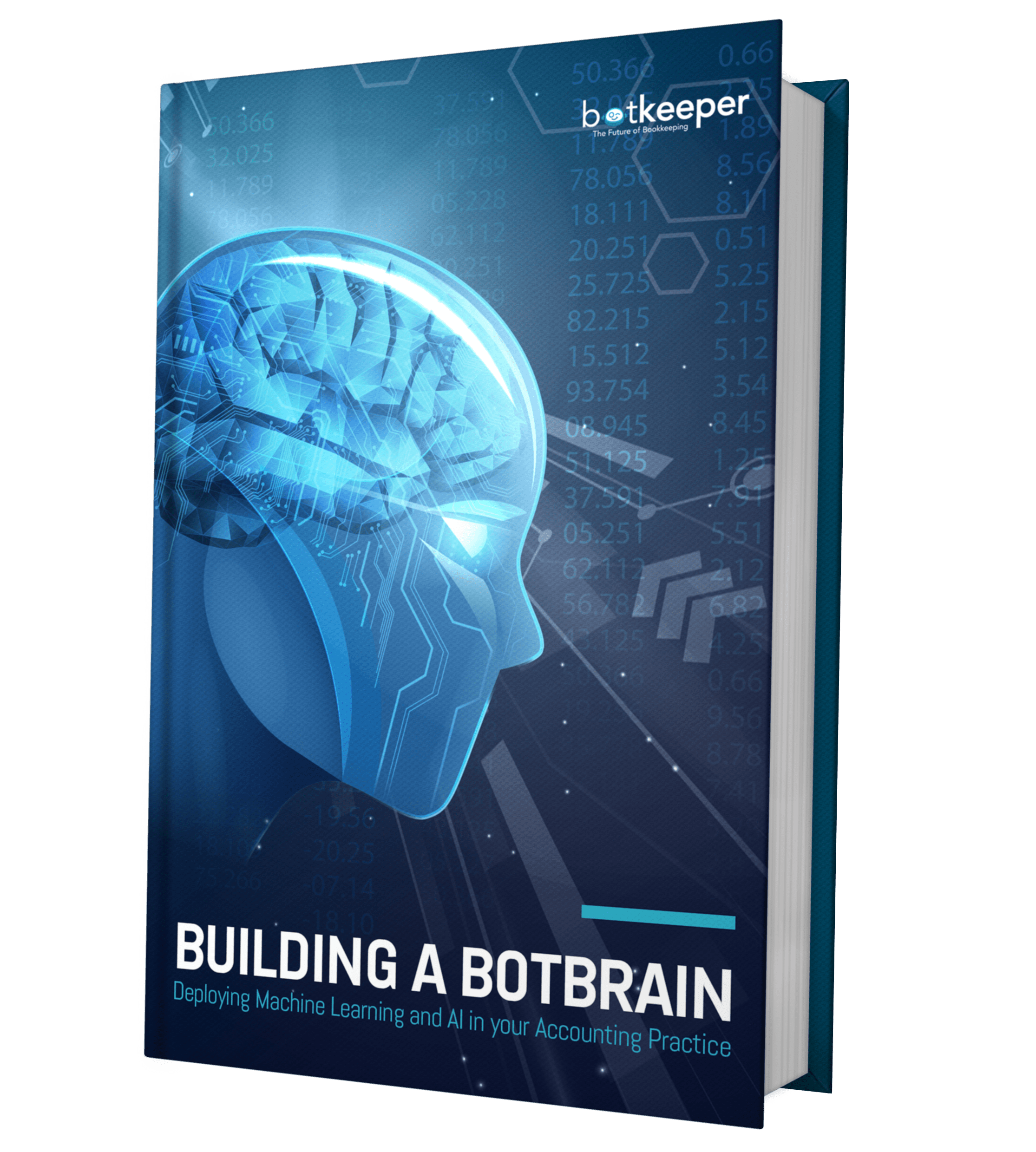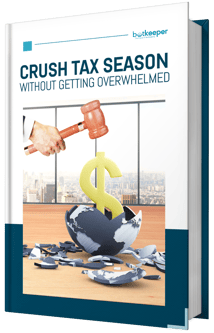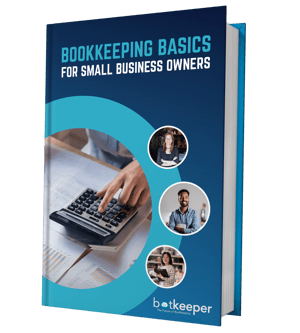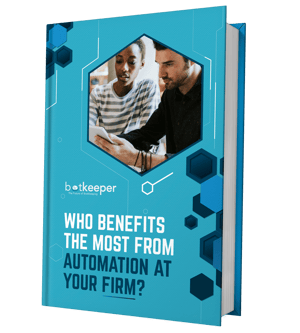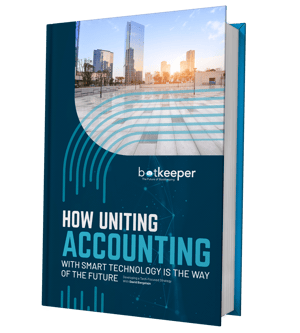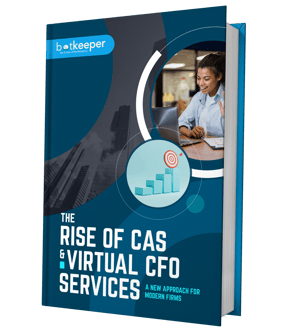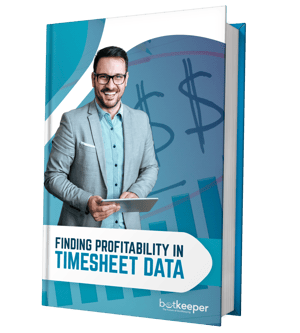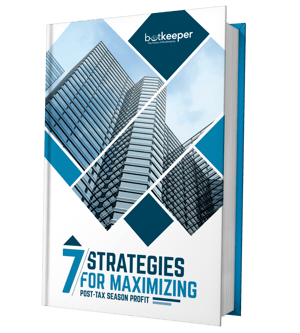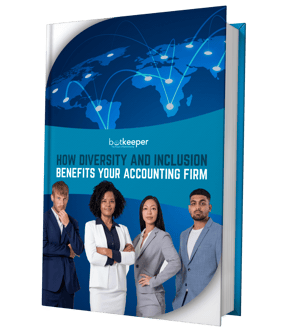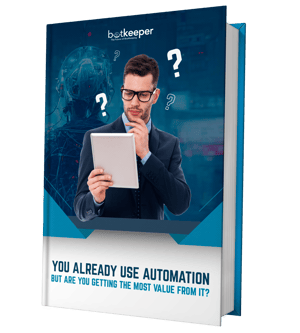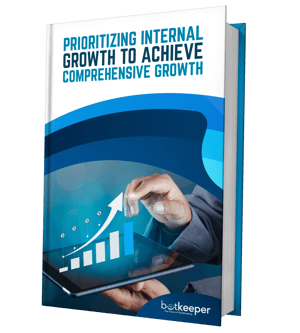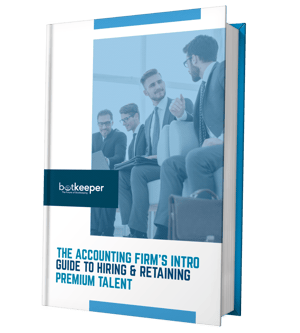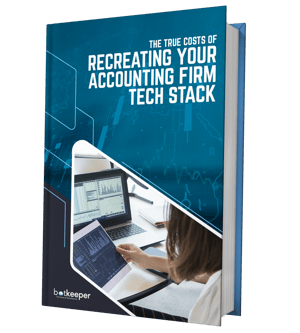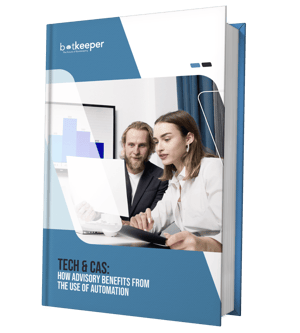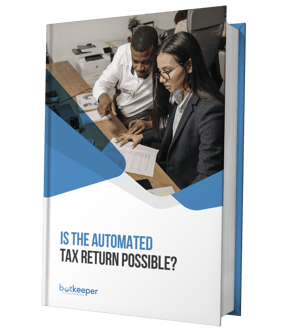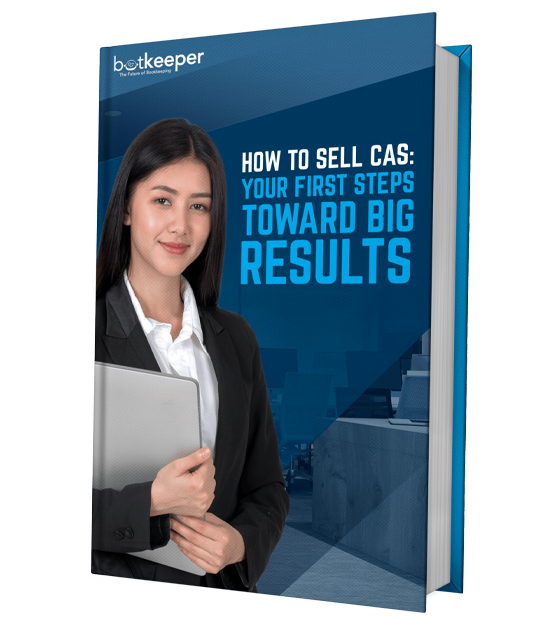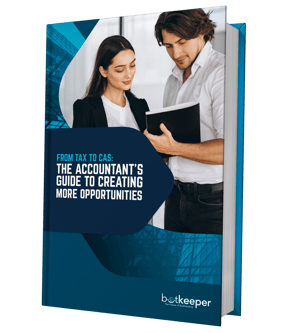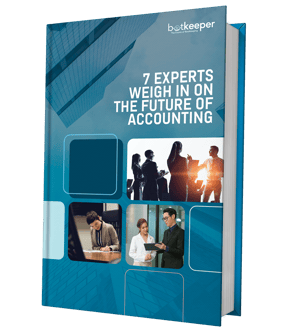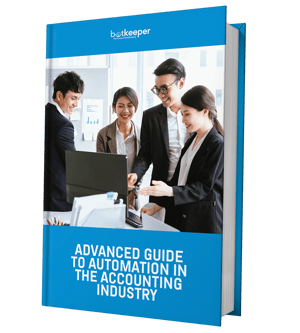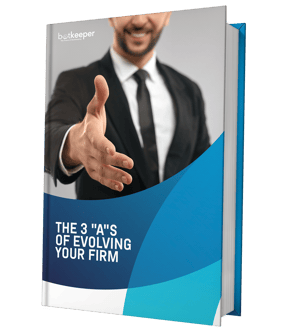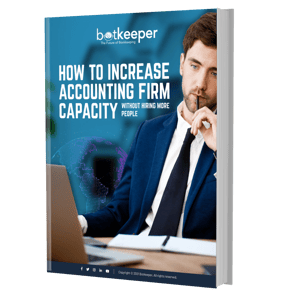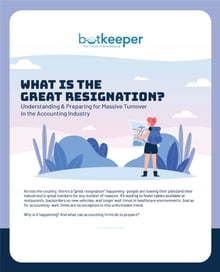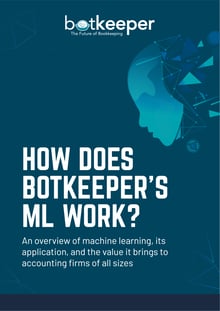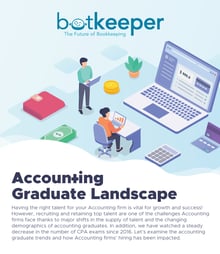Resources Library
Easy to read ebooks, guides, checklists, and infographics to help you run your accounting firm or business.

Templates
Reports
Checklists
Selling Advisory Services
Get ready to use your tax filing season discussions to build stronger and more lucrative client relationships. This checklist offers 10 questions you can ask naturally in the course of conversations revolving around taxes, to help determine if the client is ready for client accounting and advisory services from your firm.
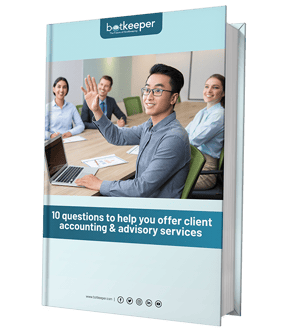
Ebooks and WhitePapers
You can find concise, convenient content on bookkeeping, tax prep, general business tips and tricks, as well as in-depth reports and education on more specific subjects, particular methodologies, and advanced problem-solving guides here! Access now and share them with your clients.
Accounting Platforms: The Modern Firm's Guide to Handling the Tech Stack
This comprehensive guide is your no-fluff, high-impact roadmap to understanding the tools and technologies reshaping accounting firms today. Whether you’re rethinking your firm’s tech stack, evaluating software, or just trying to keep up with what’s out there, you’re in the right place.
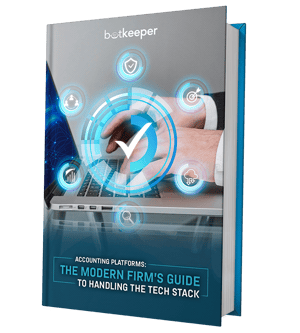
AI for Accounting: How Artificial Intelligence is Transforming the Profession
Artificial intelligence (AI) is rapidly changing the way accounting firms operate. From automating routine bookkeeping tasks to providing predictive insights that inform and shape client strategy, AI is no longer a futuristic concept—it’s a practical tool used by those in many, if not most professions every day, including modern accounting professionals.

Cloud-Based Accounting Software: Your Guide to Modern Bookkeeping
Bookkeeping has evolved from ledgers to cloud-based automation. Manual processes are slow, error-prone, and costly, while automation brings speed, accuracy, and scalability. Explore the shift to cloud software, challenges of manual bookkeeping, outsourcing options, and the advantages automation offers firms.
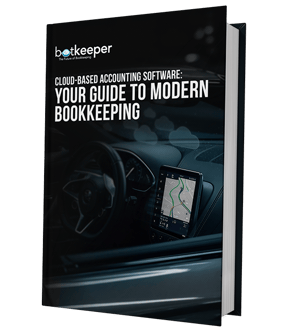
Client Advisory Services (CAS)
For those firms changing with the times, moving to Client Advisory Services, or CAS, plays an enormous part in becoming what visionaries in the profession have termed the “firm of the future.” In this detailed overview, learn the basics of CAS: what it is, why you need to offer it, and how to go about it.
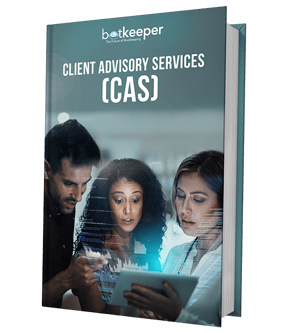
Accounting Firm Mergers and Acquisitions
Merger and acquisition activity among firms has always been an important part of the accounting landscape. In recent years, it’s heated up even more. Whether your firm is acquiring, looking to be acquired, or merging with another firm, there’s a lot to know before you get started. Find it here!
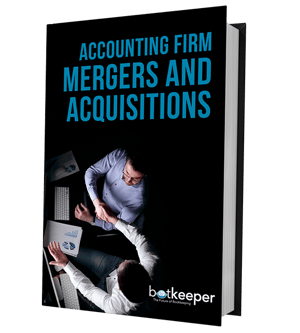
The Accountant's Guide to Selecting an Automated Accounting Solution
A HELPFUL GUIDE FOR Accountants
It’s no longer a question of if you need technology to survive — it’s about which technology is the best fit for your accounting firm. Numerous factors weigh in on the decision to invest in technology. This selection guide was created to assist you through the process of knowing what to consider when it comes to accounting software built on artificial intelligence (AI) and machine learning (ML).
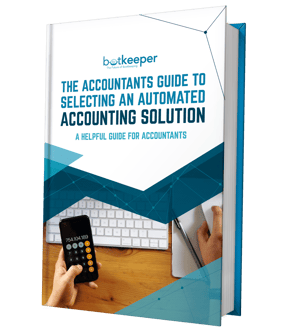
Breaking Down Blockchain for Accountants
Blockchain technology, along with being a buzzword, is also one of the most exciting technologies of the 21st century. Blockchain is a universally decentralized ledger system that can share data among an infinite number of users and is essentially unhackable. The implications for accounting are enormous. Learn what you need to know by accessing the eBook today!
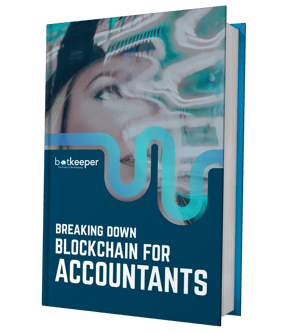
What’s the difference between AI and ML?
Artificial or augmented intelligence (AI) and machine learning (ML) have become hot topics in tech, business, and our everyday lives. In fact, a Google News search for the term “AI” returned 26.1 million results within the last 24 hours alone. But do we all know what we're talking about when it comes to AI and ML? Access this live eBook to learn more!

Outsourced Bookkeeping: Nearly everything you need to know
Outsourcing has opened the doors to a world of new options. These days, outsourced services are the ideal way for a businesses to handle non-essential administrative tasks, with a special shout-out to one of the most important: Accounting and bookkeeping. You want to know more about outsourced bookkeeping? You'll find what you need here.
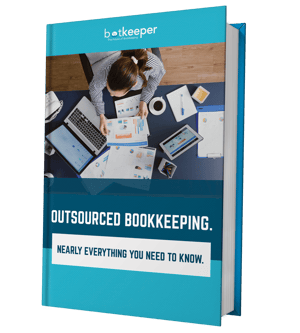
Artificial Intelligence for Accounting: An Introductory Guide
Here, we’re going to delve into the specifics of AI, its uses in accounting, and the impacts of incorporating it into your daily life. Read on for an approachable intro to AI, and if you’re an accounting firm, share this guide with your clients so they better understand why automation is so important for their businesses!
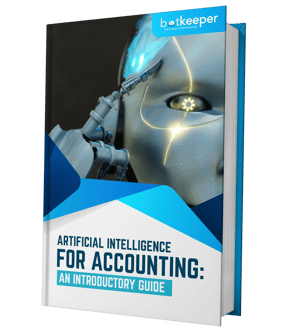
Client Data Security Best Practices to Protect Your Firm From Serious Threats
Cyberattacks can be time-consuming and expensive to deal with, and the odds are good that your accounting firm is already a target for one. Fortunately, there are steps you can take now to prevent major security issues from impacting your firm.
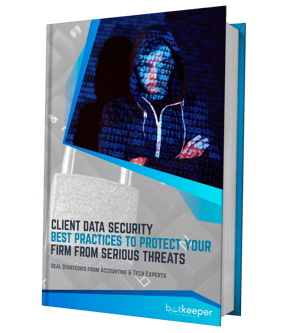
How Changing Compliance Software Will Impact Finance in the Future
There was a time when compliance was resigned to a few employees working through Microsoft Excel. However, modern regulations are now much stricter than before. Financial crime and non-compliance can be detected much more easily than before. Hence, the software has had to take over. Over time, the software has become more complex and automated several processes for efficiency. It’s safe to say the software will have a far-reaching impact on the financial sector.
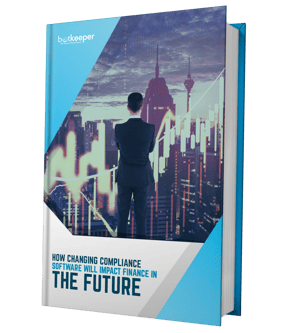
Overcoming the 5 Biggest Obstacles to Growing Your Accounting Firm
A HELPFUL GUIDE FOR ACCOUNTANTS
With an ever-changing landscape, the accounting industry has seen drastic disruption over the past few years. Accounting is a profession with many nuances—working long hours, keeping up with evolving tax laws, managing complex client relationships, etc. — how does a firm manage to stay competitive when new obstacles seem to emerge every day?
.png?width=2230&height=2480&name=resources%20page%20you-Overcoming%20the%205%20Biggest%20Obstacles%20to%20Growing%20Your%20Accounting%20Firm%20(White%20Paper).png)
Bookkeeping Meets AI: Trends and Predictions for the Future of Accounting
By now you’re probably used to the integration of various forms of technology in the accounting industry, including machine learning, cloud computing, and different forms of automation. Small and large accounting firms alike have begun recognizing the importance of automation as they move forward with modern-day trends in bookkeeping.
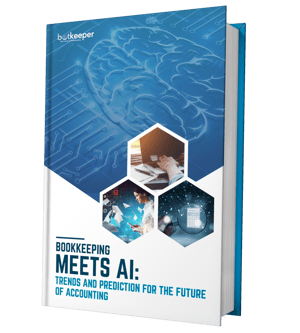
How to Drive New Revenue with Practical Automation
With AI and ML, you can focus your experience and judgment on the core needs of the business without wasting time on data manipulation. These technologies are driving new opportunities for revenue, enhancing profitability, and fueling the shift to advisory services. The only question that matters is: How will your firm adapt to the new world?
This eBook is your gateway to AI and ML for accountants. Access your copy today!
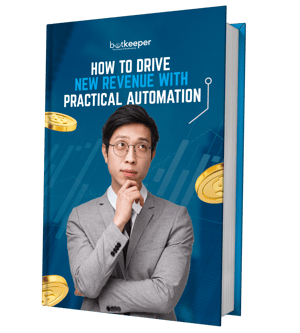
4 Times Accounting Mistakes Cost Big Companies Big Money
You’d think a degree in accounting and finance would be a requirement to help run a big company, especially as errors in financial spreadsheets can put millions of dollars at risk for these organizations. But if the four cautionary tales in this eBook are an example of how it’s normally done, it might seem that a degree isn’t required at all.
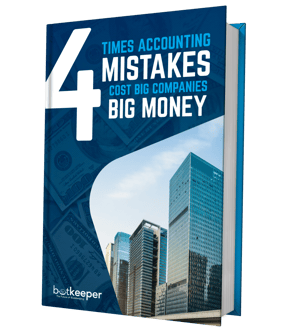
Avoiding Virtual Pitfalls with Jody Padar and Justin Whitehead
There are a number of cyber risks popping up that can put your systems and data at risk. Bad actors are taking advantage of remote workers - here's what you need to look out for
A Q & A Session with Jody Padar | The Bridge to the Cloud with Wolters Kluwer and Botkeeper.
How can you continue to differentiate your offering, and ensure your clients’ success? How do you adopt new technologies and new processes that can help us live in the “new normal”? Now is your chance to get the answers to these questions! Watch the live Q&A session with Jody Padar, VP of Strategy at Botkeeper, and The Radical CPA who has successfully achieved the "No-Touch Tax Return" to get those questions answered!
The Art of the Leadership Pivot
Gretchen Pisano’s pointer for nailing the pivot and common missteps: Every new day is an opportunity to communicate and support your clients.
Leading while afraid
The world in the time of Corona is upside-down! In the next six to ten months, new legislation, new social and professional norms, and new practices in every sector will become solidified to create a new normal. Where does this position CPAs?
CARES Act Opportunities for Your Clients
Are you trying to ensure your clients take advantage of every opportunity the CARES Act presents them? Learn more with Nellie Akalp, founder and CEO of CorpNet to help your clients better navigate their options!
Dealing with emotional ramifications
What does virtual leadership mean in a coronavirus environment? Listen to the full recording of this video interview for more awesome insights to help you and your team right now!
The Impact on the Accounting Profession
In this trying times, how do all of these uncertainties for CPAs and Accountants impact future revenue, staffing, firm operations, and more? Join our VP of Strategy, Jody Pada get the scoop from Daniel Hood, editor-in-chief of Accounting Today, on the findings from their recent survey done in conjunction with ADP.
Four Signs that Your Bookkeeper is Stealing
Watching for these major red flags can help clear the way for you to take steps as needed Do you know what to look for? Here are 4 signs that can help you determine if your bookkeeper is stealing!
5 Steps to Streamline Your Bookkeeping Operations
Instead of falling farther and farther behind, check out our 5 steps to streamlining your bookkeeping operations!The Basics of AI and ML
Artificial Intelligence is often confused with Machine Learning. In this short instructional video, you can learn the basics of both, and how to distinguish them from one another.
Infographics
Accounting Graduate Landscape
Having the right talent for your Accounting firm is vital for growth and success! However, recruiting and retaining top talent are one of the challenges Accounting firms face thanks to major shifts in the supply of talent and the changing demographics of accounting graduates.
CALENDARS
Subscribe to Our Newsletter
Want to learn more about saving time and money? Subscribe to our blog today for regular tips and tricks for bookkeeping, accounting, and best business practices!




